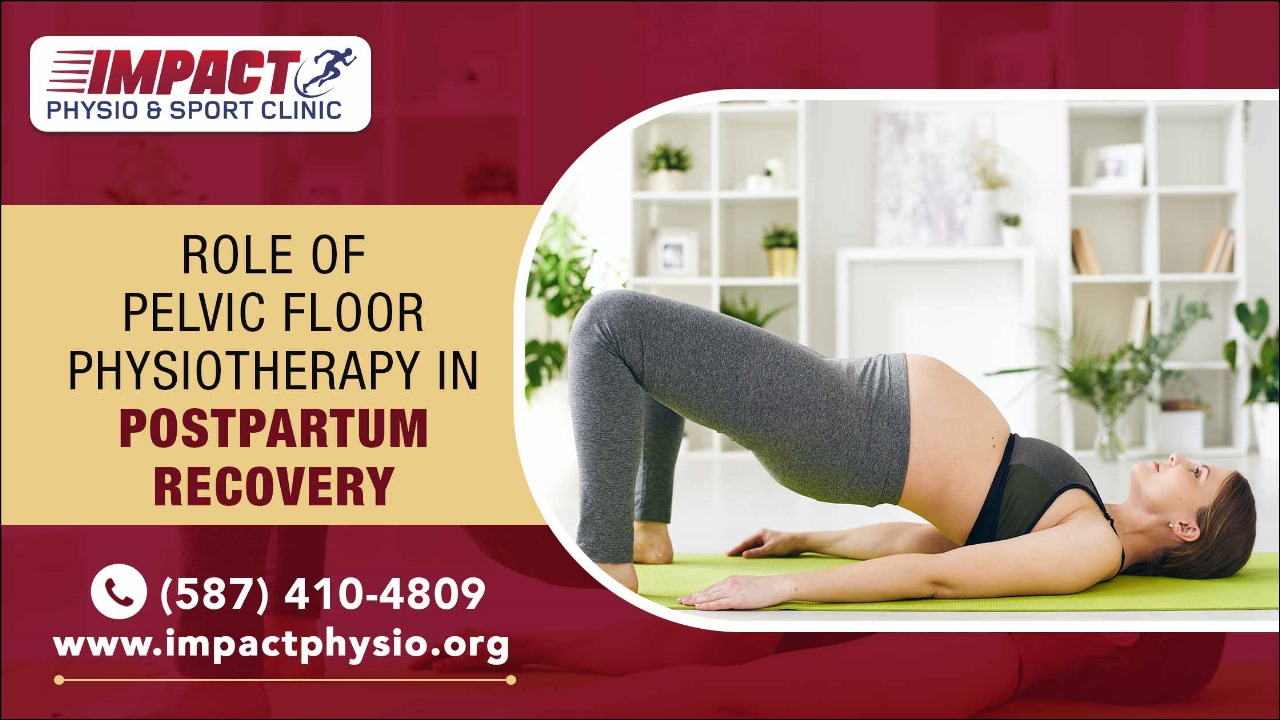
September 14, 2024
5 Ideas For Handling Urinary Incontinence
Practical Urinary Incontinence: Causes, Signs, Therapy & Threats Treatments for OAB can consist of Kegel exercises and bladder training. Treatment for blended urinary incontinence will need a combination of strategies made use of to alleviate both anxiety incontinence and prompt urinary incontinence. The treatments you and your medical professional select will certainly depend on the severity of your incontinence along with your way of living and preferences. Many individuals have symptoms of both stress and anxiety urinary incontinence and urge incontinence. Many studies reveal that combined incontinence is an extra usual sort of incontinence in older females. Talk to your doctor concerning these home treatment choices for urinary incontinence before beginning any one of them. It not only impacts individuals physically however also emotionally and emotionally. Urinary system urinary incontinence is an umbrella term that can actually materialize in a few different methods, yet one of the most common are outlined below. Bladder training may likewise be incorporated with pelvic floor muscular tissue training if you have actually mixed urinary incontinence. Arrange a consultation with a doctor as soon as you create signs of functional urinary incontinence. They can assist you establish its cause and assistance stay clear of unintentional leaks. Concerning 30 million individuals in the United States have some type of urinary incontinence, which might include functional urinary incontinence. You might also need to see a pelvic flooring specialist, a kind of physical therapist, who will certainly work with you to strengthen your pelvic flooring muscular tissues that support the urinary tract. Problems throughout labor and childbirth, specifically vaginal birth, can deteriorate pelvic flooring muscle mass and harm the nerves that manage the bladder. Many troubles with bladder control that happen as an outcome of labor and shipment vanish after the muscle mass have actually had some time to heal. If you're still having bladder troubles 6 weeks after giving birth, speak with your doctor, registered nurse, or midwife. The objective is to decrease the bladder's size, allowing its walls to regain some capacity to avoid it from overruning. These can include trying to pee once more after urination has ended (called dual invalidating), bearing down at the end of urination, and/or pressing over the reduced abdominal area at the end of urination.Why Does Urinary System Incontinence Influence Even More Females Than Males?
What foods quit peeing?
- Ideal fruits: apples, bananas, blackberries, coconut, grapes, strawberries and watermelon.Best vegetables:
- asparagus, broccoli, carrots, celery, cucumbers, kale, lettuce and peppers.Best fibre-rich foods: almonds, artichoke, barley, beans, bran, lentils, oats and raspberries.
Urinary Incontinence In Women: What You Require To Know
There are numerous potential causes and follow this link risk aspects for urinary incontinence. There are many effective treatments for urinary incontinence, but the best treatment approach depends on the root cause of urinary incontinence and your private needs. Consuming alcohol insufficient liquid can cause body waste items to accumulate in urine. The waste items can create urine to be dark yellow with a strong smell. A huge component of this is because of pregnancy, childbirth and menopause. Each of these events in a lady's life can cause bladder control issues. Pregnancy can be a short-term root cause of urinary incontinence and the bladder control issues normally improve after the child is born.- Consider when you recorded bowel movement in your bladder diary and progressively prolong the duration in between washroom gos to.
- In this, the individual is asked whether they need to urinate and whether they are damp or completely dry at specific periods.
- This is because reproductive wellness occasions unique to women, like pregnancy, giving birth, and menopause, affect the bladder, urethra, and other muscle mass that support these organs.
- Regardless of the type and root cause of urinary incontinence, some basic steps are generally handy.
What Are The Sorts Of Urinary Incontinence?
It can be caused by specific sorts of surgical procedure, such as a hysterectomy. Urinary incontinence can be component of having an over active bladder (OAB), yet both problems are not the very same. An individual with OAB may have the urge to pee several times daily yet not necessarily blow up of their bladder.Social Links